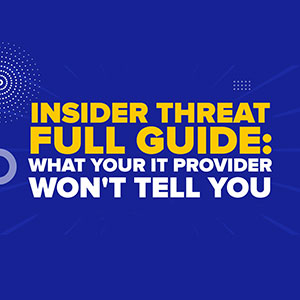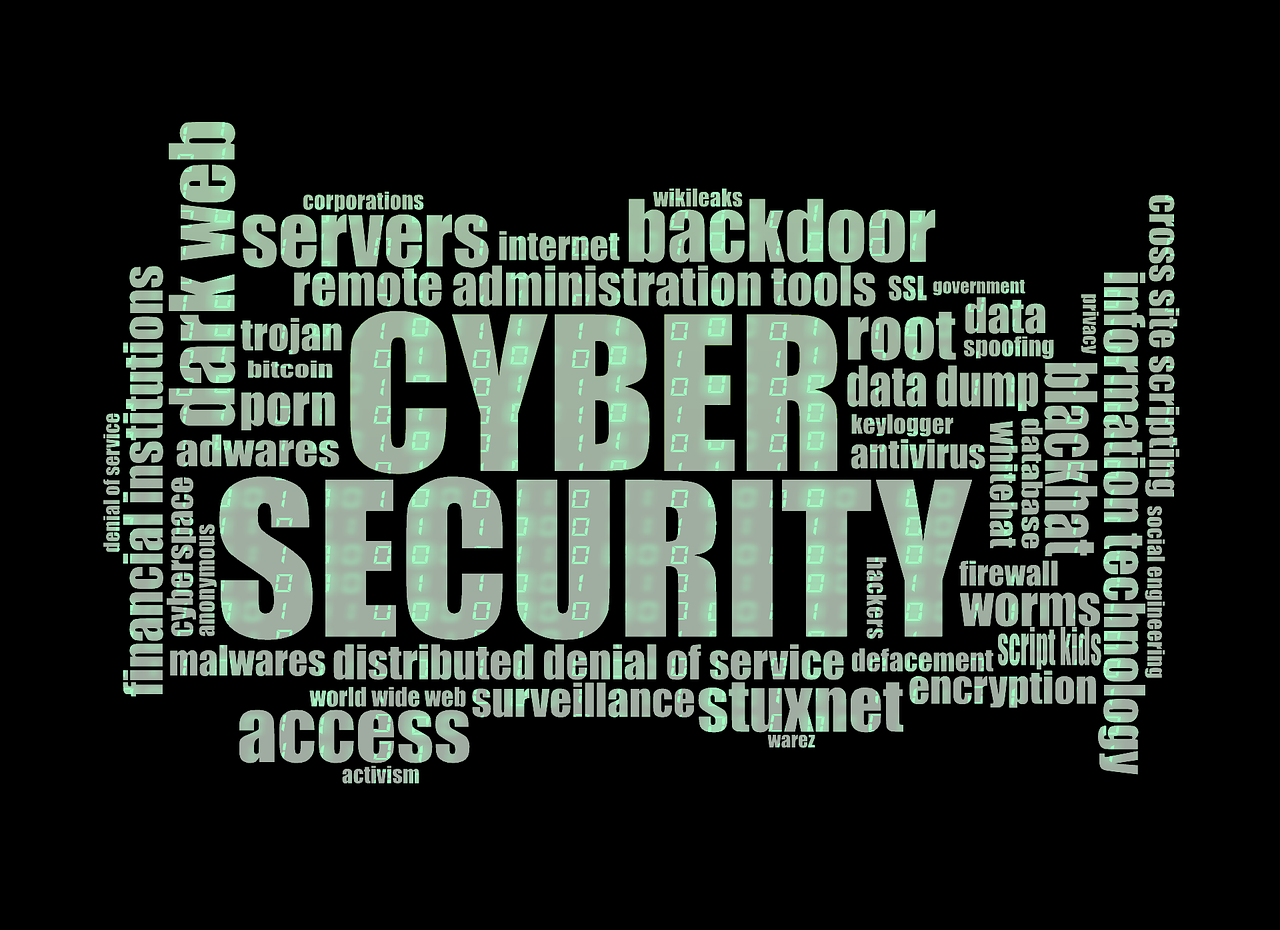 When it comes to securing your business, most people think about external cyberattacks. However, threats can just as easily come from within your organization—through employees, vendors, or even partners. These insider threats can be intentional or accidental, but either way, they can cause significant damage to your operations and reputation.
When it comes to securing your business, most people think about external cyberattacks. However, threats can just as easily come from within your organization—through employees, vendors, or even partners. These insider threats can be intentional or accidental, but either way, they can cause significant damage to your operations and reputation.
In this guide, we'll walk you through common types of insider threats, how to recognize early warning signs, and most importantly, how to protect your business from the inside out.
Understanding Insider Threats
Insider threats refer to security risks that originate from within the organization. This could involve employees, partners, or third-party vendors misusing access to your business data, either knowingly or by accident. Without proper safeguards, these internal risks can lead to data loss, system breaches, and even financial damage. Understanding what constitutes an insider threat is the first step in building a stronger defense.
There’s a reason why Cybersecurity starts with your employees!
Common Types of Insider Threats
Here are some common types of insider threats that can put your business at risk:
1. Data Theft
Data theft occurs when someone within the company steals confidential information, often for personal gain or malicious purposes. This could involve physically taking devices or copying sensitive data digitally without permission.
Example: An employee in a healthcare firm downloads and sells confidential patient information on the dark web. This is an example of medical identity fraud.
2. Sabotage
Sometimes, disgruntled employees or individuals working on behalf of competitors may deliberately damage your systems. This could include deleting files, introducing malware, or locking you out of your systems by changing passwords.
Example: A frustrated employee tampers with a coffee shop's point-of-sale system, causing service disruptions and lost revenue.
3. Unauthorized Access
Unauthorized access happens when individuals—either employees or malicious outsiders—gain access to sensitive information they shouldn't. This can also occur accidentally if employees access information unintentionally.
Example: A staff member uses their login credentials to access confidential business data and shares it with a competitor.
4. Negligence and Error
Simple human errors or negligence can also lead to insider threats. While errors can often be corrected with proper training, negligence often requires stricter enforcement of security policies.
Example: An employee clicks on a phishing email and downloads malware, compromising the company’s network.
5. Credential Sharing
Sharing login credentials with others opens up many security risks. While you might trust someone not to misuse your credentials, you cannot control what happens next—such as when those credentials are inadvertently exposed to hackers.
Example: An employee logs into a personal laptop to access work emails and forgets to sign out. That laptop is later hacked, leading to a breach of company information.
How to Identify Insider Threats: Red Flags
Catching insider threats early can significantly reduce potential damage. Keep an eye out for these warning signs:
- Unusual Access Patterns: An employee accessing information unrelated to their job role.
- Large Data Transfers: A noticeable spike in file downloads or transfers.
- Repeated Authorization Requests: Frequent requests for access to sensitive data, even when it's not necessary for the person’s job.
- Unapproved Devices: Accessing business data from personal devices or laptops.
- Disabled Security Tools: Disabling antivirus software, firewalls, or other security measures.
- Behavioral Changes: Sudden mood changes, missed deadlines, or signs of stress could be indicators of underlying issues.
How To Strengthen Your Cybersecurity Framework
Here are key steps to strengthen your cybersecurity framework and protect your business from online threats:
1. Implement Strong Password Policies & Multi-Factor Authentication (MFA)
Ensure employees are using complex passwords and enable multi-factor authentication (MFA) to make it harder for unauthorized users to gain access.
2. Limit Data Access
Restrict access to sensitive data based on job roles. Regularly review and update access privileges to ensure that only those who need certain information can get it.
3. Conduct Employee Training
Train your employees on best security practices and how to avoid common threats, such as phishing and social engineering attacks. Regular training can help prevent many insider threats caused by human error.
4. Back Up Your Data Regularly
Frequent data backups are essential to ensure you can recover critical information in case of a data breach or data loss.
5. Develop an Incident Response Plan
Prepare a well-documented plan that outlines how your team will respond in case of an insider threat. This should include steps for containment, investigation, and recovery to minimize damage.
Don't Face Insider Threats Alone
Securing your business against insider threats can be challenging, but you don't have to do it alone. At MYDWARE IT Solutions Inc., we help businesses like yours strengthen their security from the inside out.
With our expertise, we can set up comprehensive security frameworks, monitor for threats, and respond quickly to incidents. Contact us today, and let's ensure your business is fully protected from all angles.
Darryl Cresswell
CEO & President
MYDWARE IT Solutions Inc.




